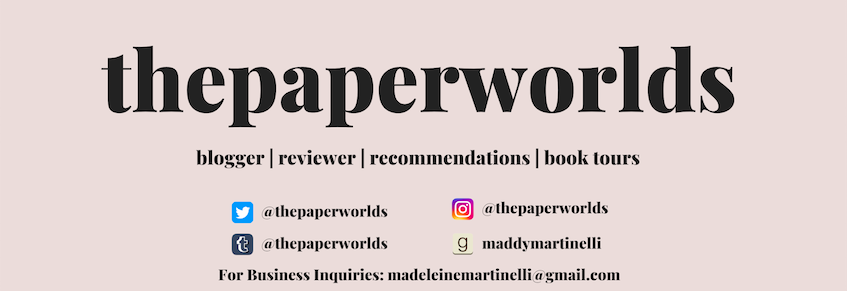The Yellow Wall-Paper is available to read for free on iBooks! This review contains spoilers for The Yellow Wall-Paper.
With the intent of bringing his wife to a rental home for fresh air and a calmer environment to heal her from illness, a doctor unintentionally -- or perhaps, intentionally -- causes his wife to dive deeper into a madness. We see a woman isolated, alone yet almost never out of sight from her husband, John, or his sister, Jennie. Left to her own devices when they want her to rest, she begins to analyze and critique the old and decaying yellow wallpaper that surrounds her.
The author does an incredible job of describing this wallpaper with such detail that it not only becomes the prominent plot point of the story, but a character itself. No longer is the wallpaper a mere inanimate decoration for this woman's room, but rather something that is alive and stirring. The more time she spends alone in solitude with only this wallpaper, the more we see the woman descend into a madness that reflects the conceptualized place of women in their marriage.
Any time that the woman expresses a need to leave this country house or renovate the bedroom wallpaper, her husband dismisses the ideas and speaks to her in an infantilizing manner that is sure to contribute to her worsening depression. Left only with the yellow wallpaper as a companion of sorts, she is swept into following the pattern on the walls and hyper-fixating on what she believes is a woman trapped behind the paper. While not a true horror in name, the author does an exceptional job of creating an atmosphere where you can physically feel the woman's pain overcome her, even though it is not physical.
As one of the first takes on feminism and reflection on a woman's inherent role in a marriage, we see a woman -- who is never named, but rather referred to as someone's possession or in relation to another. A child's mother. A doctor's wife. But never given a name of her own, perhaps to encompass any individual who may relate to her and allow themselves to place themself in her shoes. She is left virtually helpless in a room that feeds on her loneliness and desperation to be free of the confines of the yellow wallpaper, while anyone who could help her leave is actively keeping her in a house she so desperately wants to be free of.
The more she becomes infatuated with the wallpaper, the more she shows a fear or aversion to John, suggesting that as she continues to live this life as a wife or mother instead of simply her own person, she is trapped by the constraints of what society and her husband expect from her. She is left misunderstood despite being explicitly clear on her feelings about the very wallpaper that heads her spiral, very much reflecting how women have been and continue to be treated in society's view of a marriage. Ignoring the true root of the problem in favor of his own ideas of how to "cure" his wife, the husband is shown to think he is doing what he can to help her, but rather is the one to undo her even more.
The Yellow Wall-Paper remains relevant as ever as a commentary on mental health, marital roles and expectations, feminism, and individual identity. In less than one hundred pages, the author is able to depict so many ever-lasting issues that continue to affect today's society.
You can add The Yellow Wall-Paper on Goodreads now, as well as other works by the author.




No comments:
Post a Comment